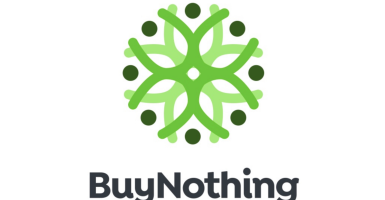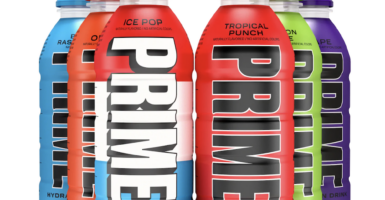Bottled Water History – How Did It Become Such A Huge Business?
Bottled water history started back in the 1600s and is now more than a $200 billion business.
This article is more than 2 years old
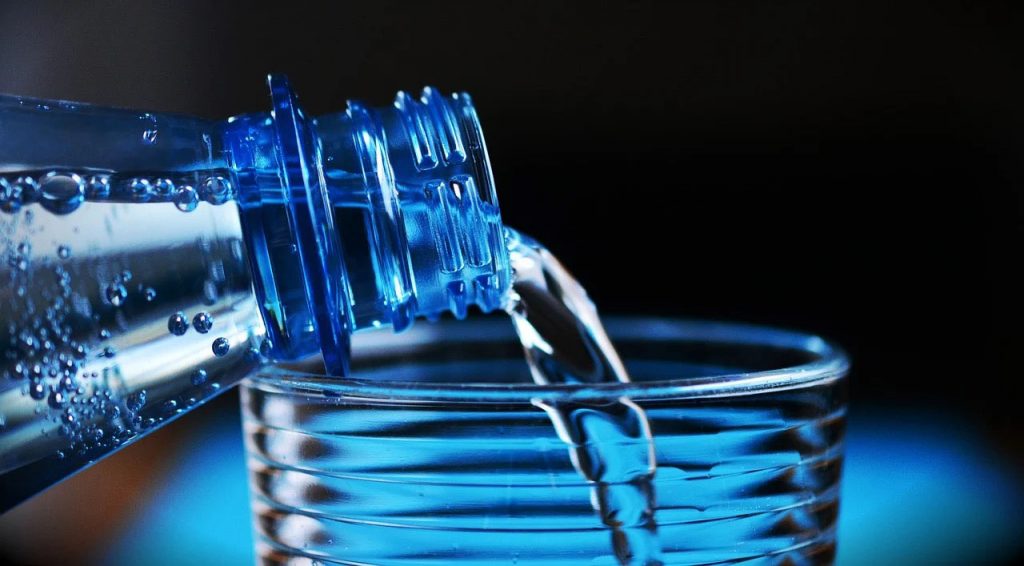
Bottling and selling water in America has a long history. We can go all the way back to the first half of the 19th century when bottled water history got its start in the US. Did you know, though, that bottled water has been around much longer than our mid-1800s start?
The bottled water history journey officially began when Romans figured out a way to take water from its original source and transport it (i.e., pipe it) to places of need. From that time on, bottled water has seen its origins venture across many different places like natural and man-made springs as well as production sources like purifying stations and water plants.
Bottled water’s history has as much to do with fear as it does with health. Its history has fizzled with sparkling water, and its history has remained fizzle-free. Flavored or non-flavored, bottled water is now a staple of everyday life that doesn’t look to be going away any time soon.
THE FIRST BOTTLED WATER PLANT IN HISTORY WAS HOLY WELL IN 1622
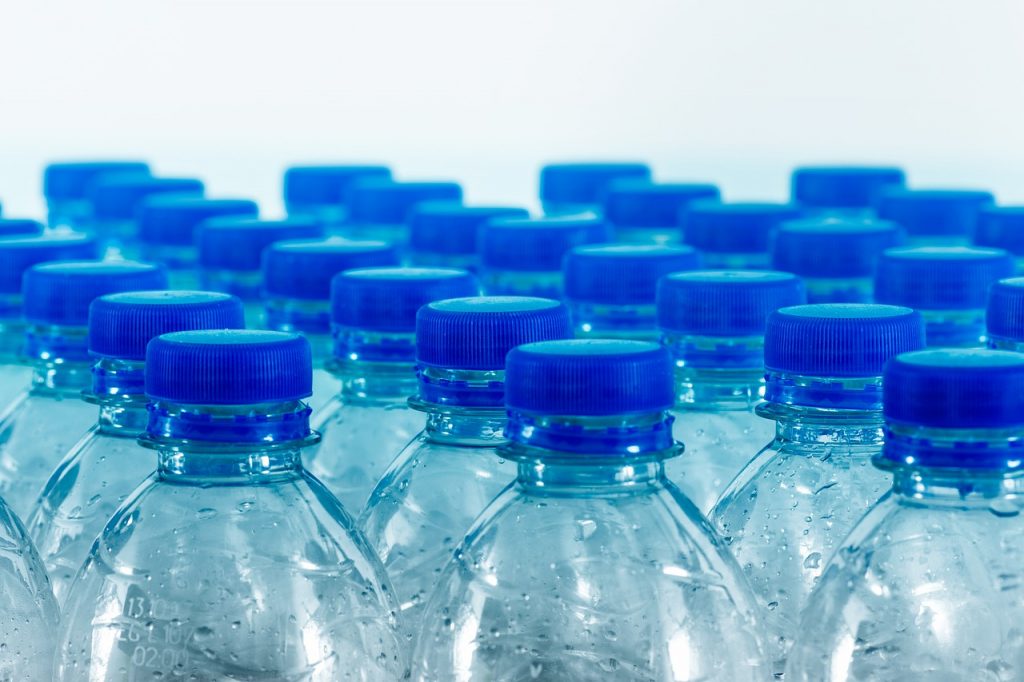
In bottled water history, the world’s very first bottled water plant came from the United Kingdom in 1622. It was called the Holy Well Bottling Plant and it was in the early 17th century that they first began selling bottled water. The water in the Malvern Hills north of London was thought to have healing properties, so it was bottled and sold to locals.
For centuries, the Holy Well Bottling Plant sold bottled water. This continued until 1999 when the then-owner of the site passed away. It wasn’t until a decade later that the current owners were able to get the plant flowing again. That decade saw the owners dealing with the plant’s poor conditions, causing many repairs to the site.
They were also told that their bottling room was now too small, so that had to be refitted. But one of the worst issues they had to deal with was bats. The discovery of a bat caused the owners to delay their rebuild by over six months, as they had to find a solution. What they came up with was innovative. A bat-flap and tunnel that goes right through the middle of the bottling room. Bat problem solved.
SARATOGA SPRINGS WAS A BIG PRODUCER OF BOTTLED WATER IN THE 1800s
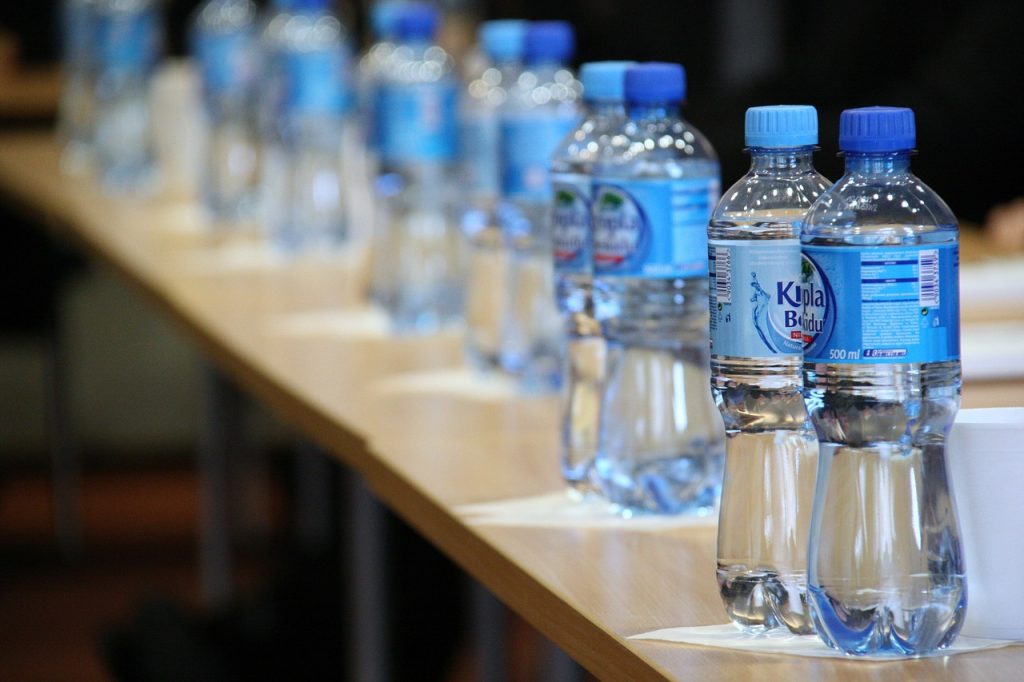
In bottled water history, Saratoga Springs, New York, and White Sulphur Springs in what is now West Virginia were two of the more popular destinations in the mid-1800s. It was very popular to “take the waters” in these areas and that not only meant to bathe in them, but to drink them as well.
The dip-molding practice of making glass bottles was a much cheaper and more reliable business at the time, so bottling water for sale became very popular. Consumers began to see bottled water where one could purchase groceries, drug stores, and bottled water was even available in popular saloons.
What made bottled water so popular at the time was its supposed health benefits. At the Poland Spring Resort in Maine, the Ricker Family told customers that their bottled water was a remedy for bad kidneys. St. Catharine’s Mineral Water businessman E.W. Stephenson promised that his water, which he got from an artesian well in Ontario, Canada was the cure for everything from dyspepsia (indigestion) to liver and kidney ailments, to fevers, seasickness, and auge (what we now know as malaria).
Fear and then a promised remedy was big. In 1856, Saratoga Springs sold over seven million bottles. The “cure” was selling for $1.75 a bottle and during typhoid and cholera outbreaks, many Americans took to bottled water as a much safer option. It also didn’t help that purchasing and drinking bottled water at that time was a popular move for status and image.
As the century turned, though, bottled water began to lose its stature. Chlorination was introduced as a way of disinfecting water, and it was also found to be a cure for the typhoid epidemic. As more chlorination was added to the water systems, making water safer and drinkable, the bottled stuff lost its popularity.
BOTTLED WATER CAUGHT BACK ON IN THE 1970s
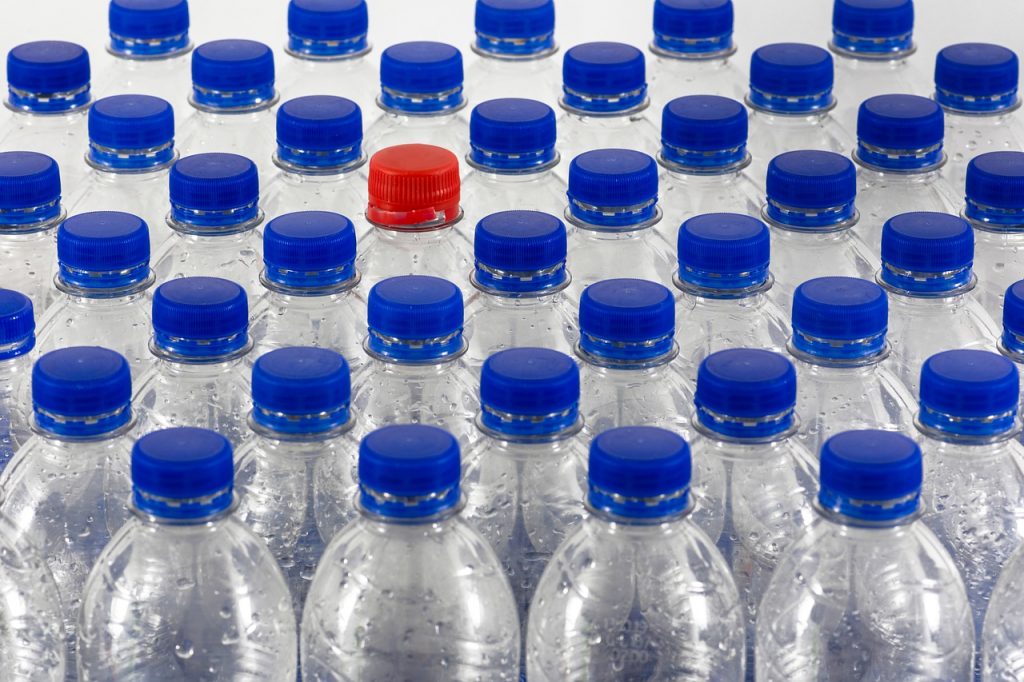
It took quite some time for bottled water to become popular again. It wasn’t until the mid-70s that it began to catch on again. From a bottled water history standpoint, you can thank Nathaniel Wyeth, a DuPont engineer whom many consider the man behind the plastic bottle. You can also thank Perrier, Orson Welles, and the baby boomers for buying in.
Perrier started by bringing across the pond their snooty French pedigree and high prices that the sudden health-conscious Americans drank up. To help Perrier, they hired the soothing and well-known voice of actor Orson Welles (he of the famous radio broadcast The War of the Worlds) to inundate American consumers with a number of television ads. It worked.
Sparkling water was the boom, as even the then-famous hard drinkers like Richard Burton and Ed McMahon decided to forgo the hard stuff for the wet and bland.
BOTTLED WATER IS MORE THAN A $200 BILLION BUSINESS
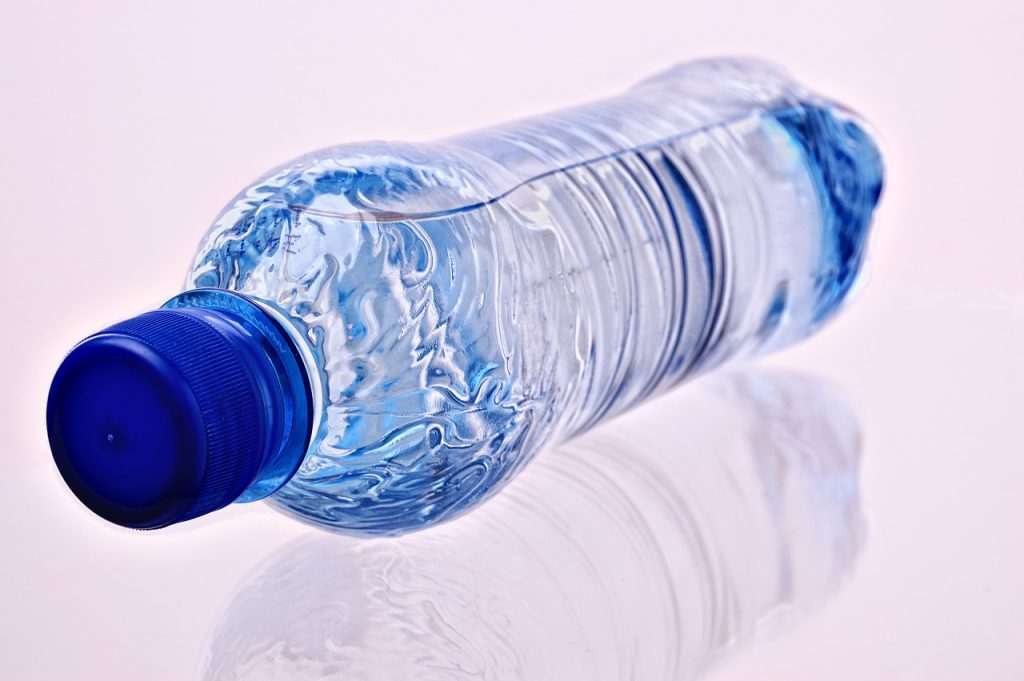
Yes, trying to imagine life today without bottled water is a difficult concept. From stores to sporting events and concerts to just about anywhere we go, clear and filtered healthy heaven is not far away. We have tried to become more environmentally conscious with plastic bottles, as a decade ago the EPA announced new regulations surrounding those troublesome things.
In 2018, the bottled water market passed $200 billion in global sales. It has not let up and by the end of this year, it may hit the $350 billion mark. It probably won’t surprise you to learn that 42 percent of the world’s bottled water consumption comes from the Asia Pacific region. There you will find the most populated countries that have the worst access to clean drinking water.
The Mayo Clinic recommends that men should drink 15.5 cups of water per day. Ladies, you should be getting 11.5 cups of water per day. Bottled water’s popularity isn’t going anywhere.
